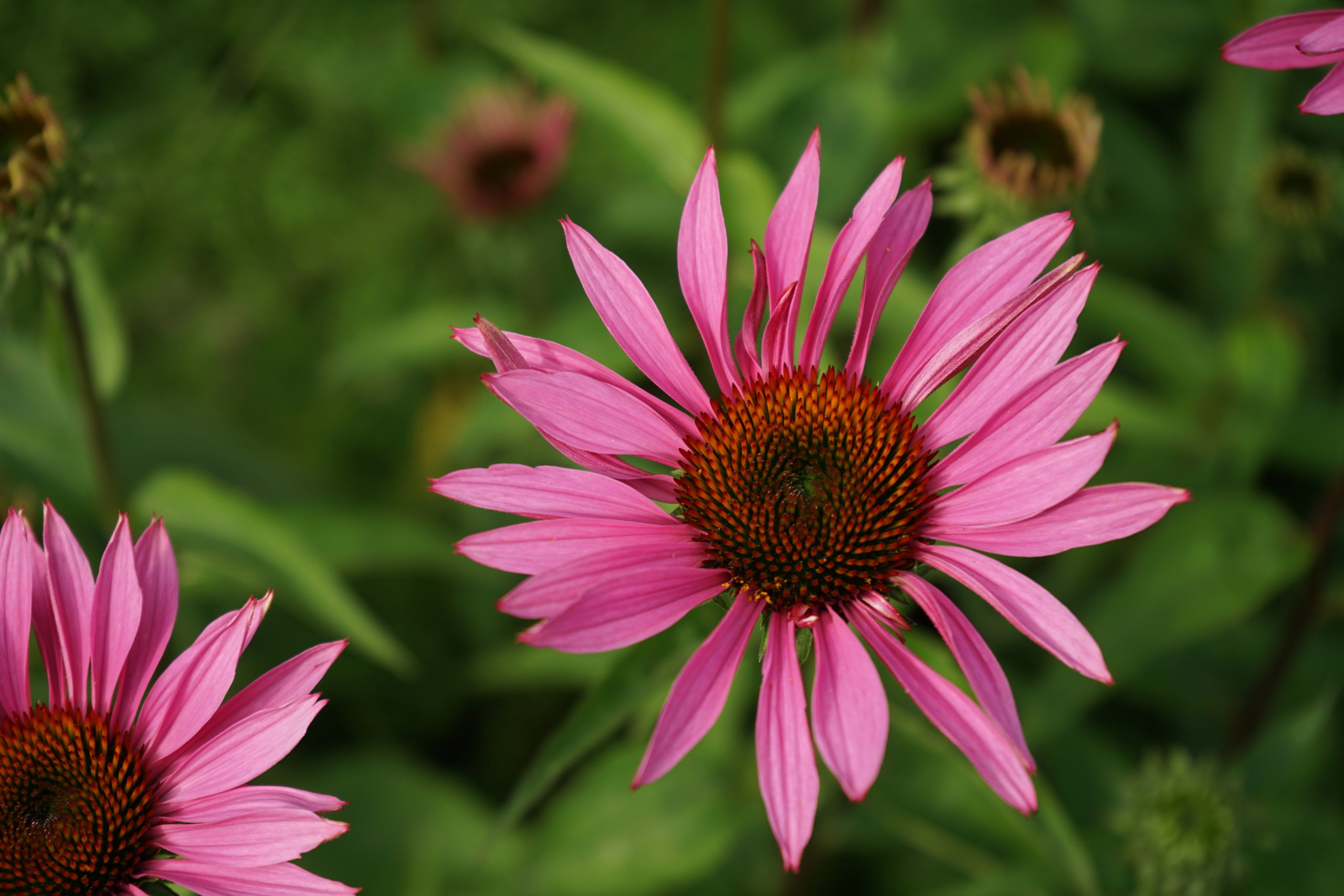Creating a beautiful garden may be harder than it seems. But let’s start from the beginning… What is beauty and why do we need it? Clarifying answers to these questions will help you to decide what it is that you need – and want – your garden to be.
What is beauty?
Beauty could be defined as a set of characteristics which are perceived as attractive or appealing. These can be purely physical and clearly seen – such as shape, colour and texture – or less tangible, even completely abstract. In a garden setting, it is very important to include elements which appeal not only to our sight but to all of our senses. A variety of pleasant sounds, smells and other sensory experiences make our perception of our surroundings richer and more satisfying. And so engaging our sense is clearly key to creating a beautiful garden.
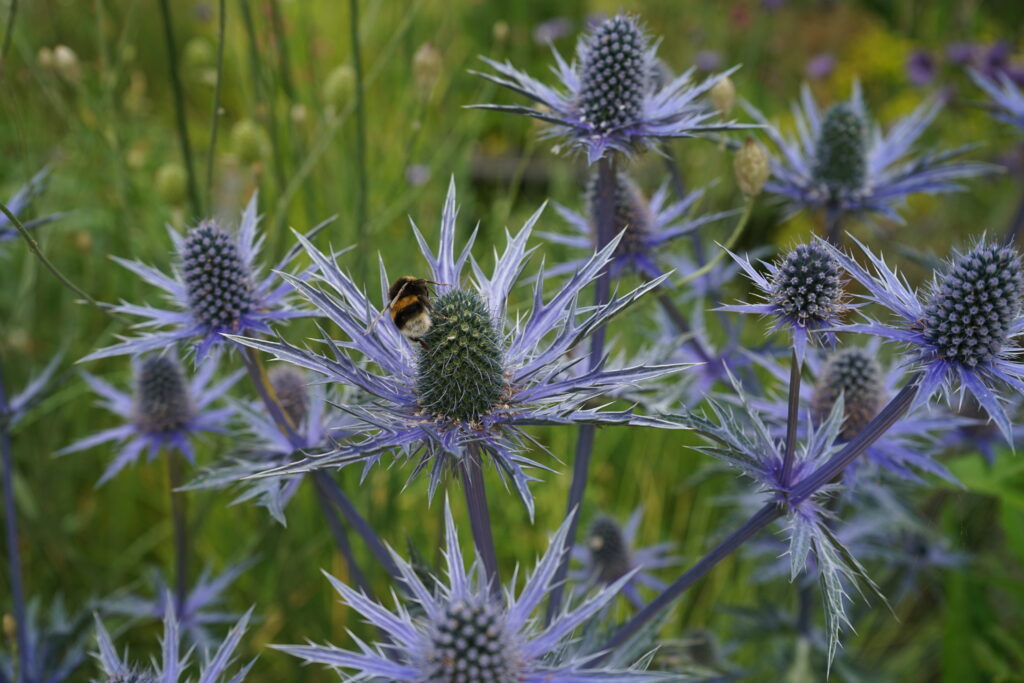
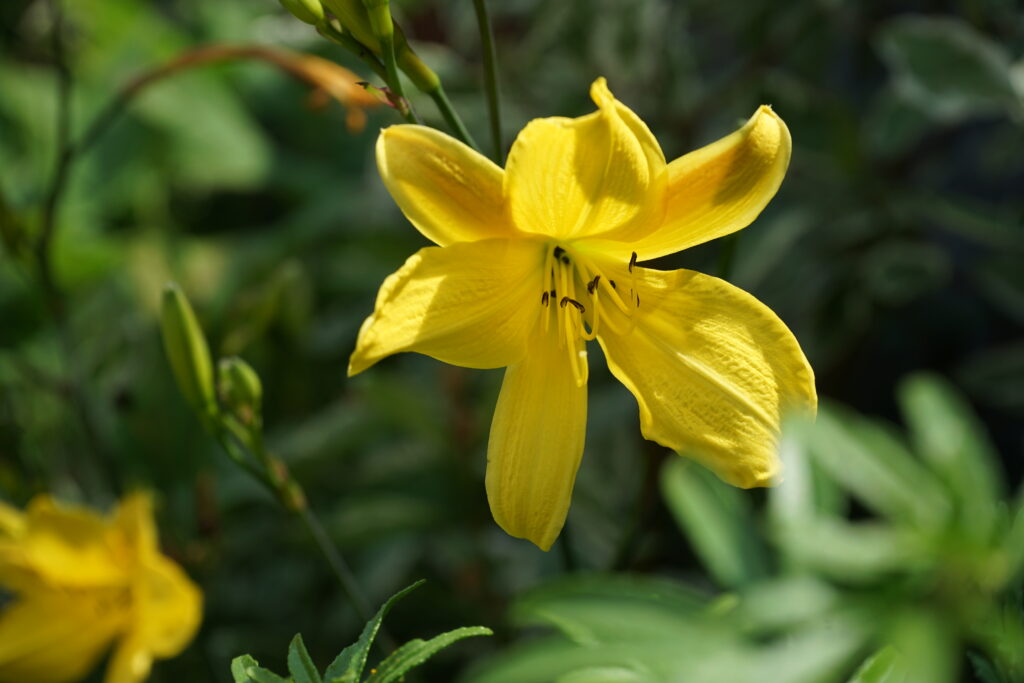


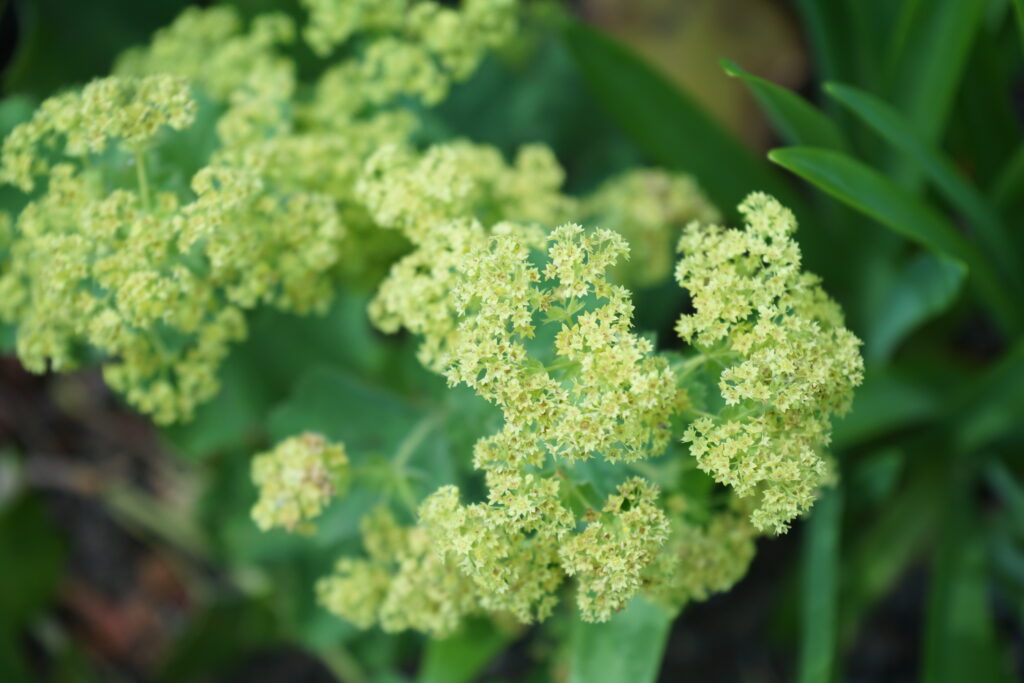
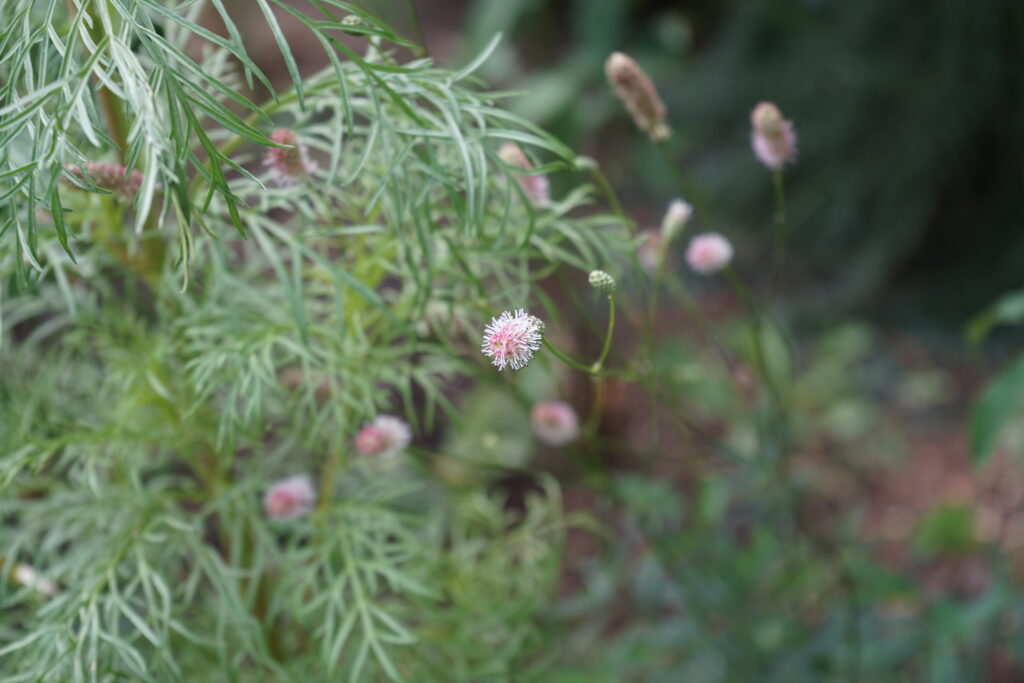
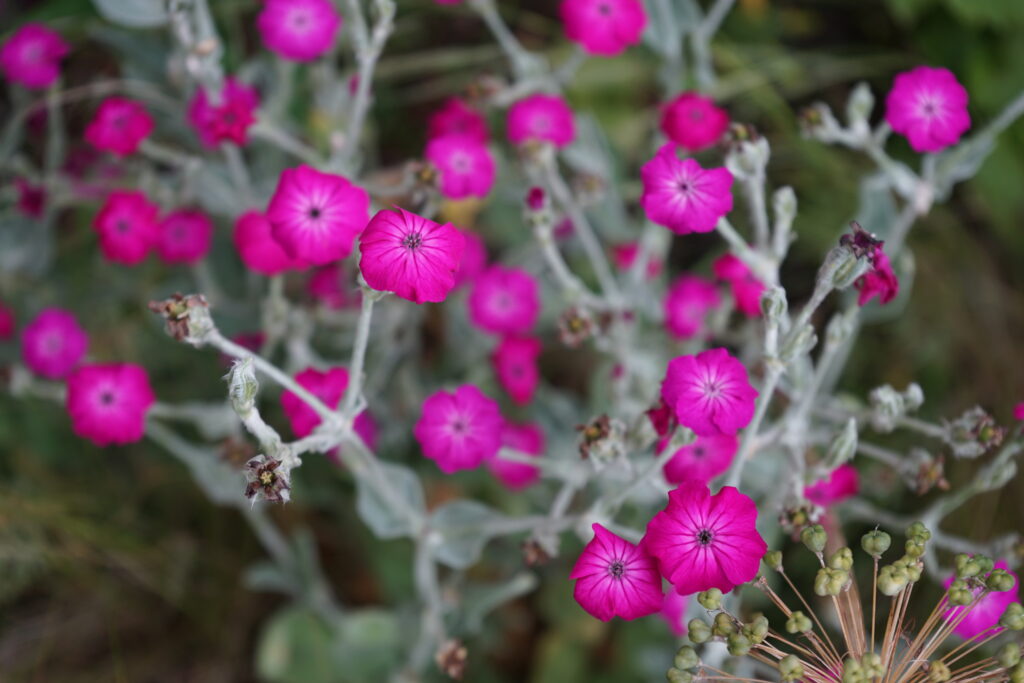
Why do we need beauty?
In short, the ability to perceive and appreciate beauty sets us apart from animals. Although physical beauty in itself is not a source of happiness, it does contribute to our sense of wellbeing. We have all experienced a deep feeling of awe or even contentment when watching a beautiful sunset, starry sky or a breath-taking panorama. Our reactions to such experiences are universal and point to their great importance in our lives.
Unfortunately, many of us live in urban jungles and have little exposure to nature and its beauty. And this is why it is so important to create a little green oasis in our gardens where we can experience the power of natural beauty on a daily basis. The more we surround ourselves with such beauty, the more we will be able to notice and appreciate it. The benefits are seemingly endless!
Creating a beautiful garden
There are a lot of factors to consider while designing a garden. The more time you spend researching different options, the more informed your choices will be. Don’t rush into buying plants or furniture just yet. Sit down with a pen and paper and follow these simple steps to organize your thoughts:
- Consider why certain places are universally viewed as beautiful and bring these qualities to your design. Then make a list of your personal preferences as these will make your garden unique to you. They might include a particular source of inspiration that reflects your background or experiences, a favourite colour pallet you’ve used decorating the interior of your home or a garden style which features plants you love. Think too about the feelings you want to evoke in your garden. How do you need it to make you feel and why?
- Once you narrowed down the why, proceed to the what and who. What do you need, and want, to do in your garden? What individual spaces will you need to achieve this goal? Make a list of all the activities. Then consider who will use your garden on a regular basis and how many people you will be entertaining less often. These factors should influence the size of different spaces within the garden.
- Next consider the where – where will these spaces be located and how will they link together to create one whole? Be practical at this stage. Think about the people who will use the garden and how they will move around it. This is a good time to think about any safety considerations and the way they will influences your decisions.
- Finally, you can start thinking about how things will look. What shape, colour and texture do they need to be to fulfil, not only your aesthetic requirements (the beauty), but also the practical roles you assigned them? At this stage, review the ‘why’ section above and let it guide your choices. Remember to keep things simple and limit your palette of plants and materials to create a coherent design.
This is of course not an exhaustive list of considerations. However, it should give you a good idea of what is involved in designing a garden.
One step at a time
To sum things up a little, let’s say that you decided that you’ll need an evening entertaining space for six people (Step 2). Before deciding what shape it will be and what stone you’ll use to build it with, consider the size the space needs to be to comfortably accommodate your guests. You don’t want it to be too small, to state the obvious. Equally a terrace that’s too large won’t feel private and cosy. Then think carefully about where (Step 3) it needs to be in the garden to catch the last rays of the setting sun on a summer evening. Only then consider the aesthetic qualities (Step 4) of the space you want to create. It won’t matter how beautiful the space is if it’s never seen or used because of its inappropriate size or location.
Additional resource and ideas
Designing and creating a garden is a complex process and it requires a careful consideration. However, there is a lot of useful advice available online and elsewhere, often from top garden designers themselves! Below I list some very helpful books I would highly recommend to anyone starting on their gardening journey…
- The Well Gardened Mind – a great read full of fascinating insights into the effects of gardening on our minds written by Sue Stuart-Smith, a psychiatrist, gardener and wife of the celebrated garden designer Tom Stuart-Smith
- What Makes a Garden – latest book from Jinny Blom, which discusses different garden design elements and the way they contribute to the success of the garden as a whole
- How to Create Your Garden – a very practical guide to garden design and creation by Adam Frost published by RHS – some content available from RHS website
Of course it’s always a good idea to build a mood board. This would be ideally made up of photos of gardens you have personally visited and plants you have seen on your travels!
I really hope the information in this section helped you better understand the main factors to consider while creating a garden.
If you are thinking of employ a professional garden designer to take charge of the design process, please contact us to discuss your project.

